It’s easy to get hooked to your daily dose of caffeine, especially early in the morning, and definitely when working from nine to five every day.
Many people rely on their first cup of coffee (or matcha) in the morning to give them a natural energy boost and a nice flavor for the rest of the day.
You might be curious, though, if there is a physiological benefit to one type of caffeine over another. If you are a big fan of both and you’re wondering about some benefits, as well as the pros & cons of one another, keep on reading!
What is the main difference?
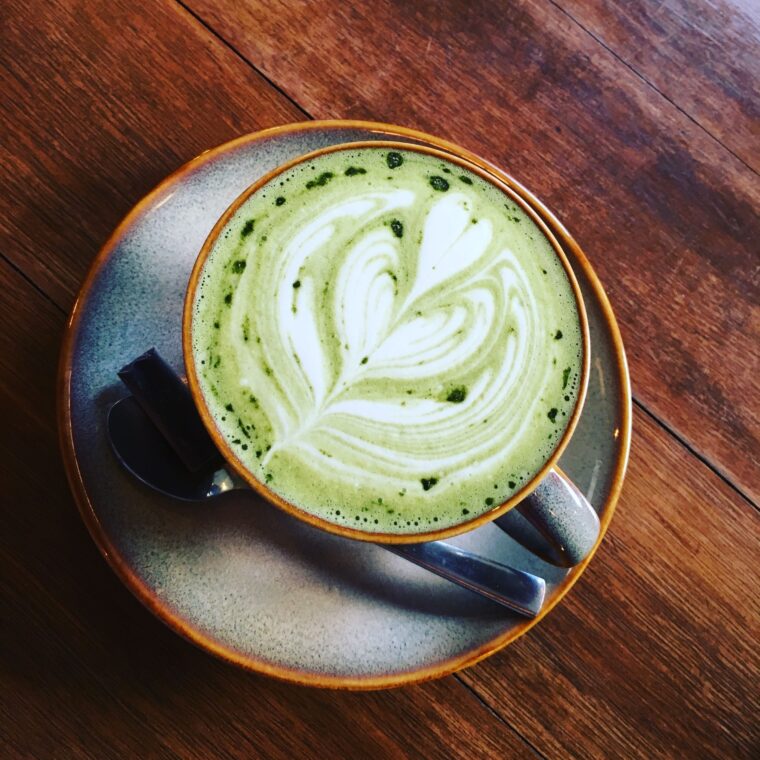
Both drinks can provide an energy boost, but they do it in different ways.Coffee drinkers often report feeling less tired and more alert after drinking the beverage. This is because the body rapidly absorbs caffeine, with peak blood content occurring as soon as 15 minutes after ingestion.
Coffee has been shown to cross the blood-brain barrier and inhibit the activity of sleep-inducing adenosine receptors once it reaches the brain. This may assist in keeping you awake.
Matcha, on the other hand, may provide you with energy more gradually than coffee.Matcha contains L-theanine, which is an amino acid found in the green tea plant that increases alpha brain waves.
The amino acid L-theanine is able to cross the blood-brain barrier and may enhance focus for up to 30 minutes, without the jittery feeling.
You should know that matcha has antioxidants
Matcha outperforms other superfoods like goji berries and pomegranate in terms of antioxidant potency, which is what makes it so superb and popular. Why are antioxidants so important and popular in your drinks? This is because they can prevent the oxidation of other molecules in the body, which is the fundamental cause of aging.
Matcha contains much more antioxidants per serving than ten cups of brewed green tea and far more than coffee, which lacks the catechins linked to cancer prevention and delayed aging.
How to drink matcha
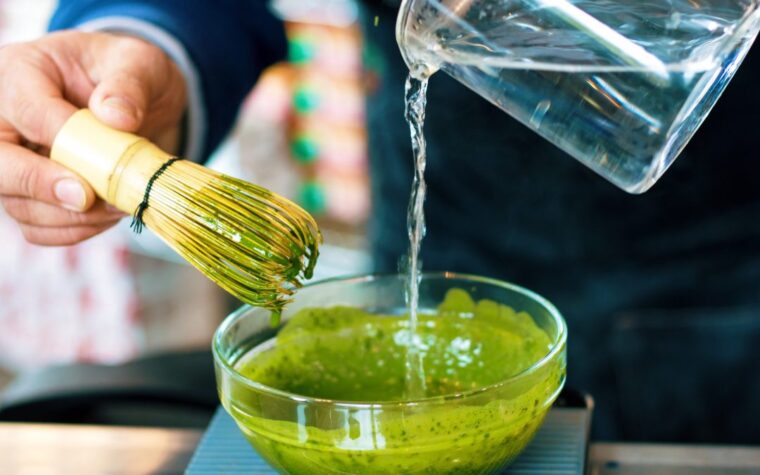
When the powder is mixed with hot water, it becomes matcha.The green tea leaves are often ground into a powder in a bowl made of granite or stone using subtle force. The clumps are then removed by straining the powder. The hot water is poured in a zigzag pattern into the bright green powder. Using a bamboo whisk, combine 1-2 teaspoons of powder with 2 ounces of water just below boiling temperature. Matcha powder and milk can be combined to make Matcha lattes.
Most people love drinking it due to its smoothness and flavor, which, despite the tea’s vivid green hue, has traces of spinach and grass. For a lot of people, it can feel untasty or too bitter at first, which is why you will have to get used to its specific taste before you can get to consuming it and fully enjoying it. A lot of people compare it to wheatgrass in terms of flavor.
It also burns fat
Research published in the American Journal of Clinical Nutrition found that compared to people who didn’t consume matcha green tea, those who did burned an extra 35% to 43% more calories during the day.
Another study found that fat burning was boosted by 25% when exercise was performed immediately after drinking matcha green tea. If you’re trying to lose weight and you’re all about that fitness lifestyle and journey, you should definitely give it a go.
Clean & clear skin
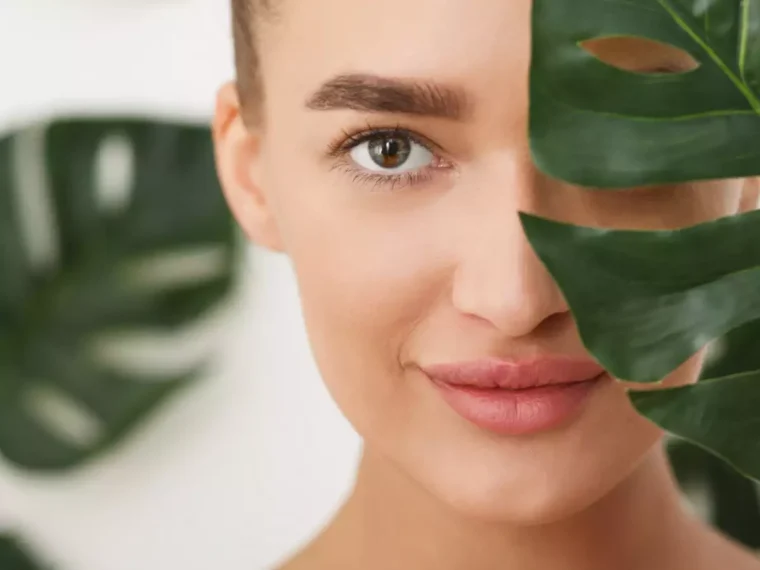
Green tea is becoming a common ingredient in beauty products (in case you didn’t notice it, but now you know), but consuming matcha is the best way to get the benefits for your skin.
Coffee’s higher caffeine levels might cause physical stress that can cause acne, whereas matcha’s lower caffeine content and healthful ingredients may do wonders for your skin.
Drinking green tea may be beneficial for preventing cancer, free radical damage, hair loss, and skin aging.
Women who have been struggling with their skincare journey, fine lines, acne, or elasticity will enjoy smooth skin at last (and after several cups and regular consumption).
A ton of different options to make
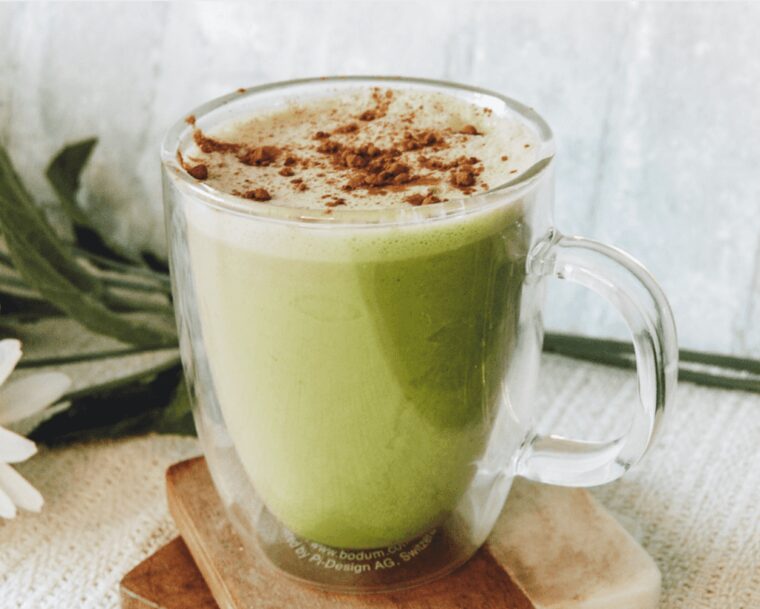
Matcha can replace coffee on your terms, whether you’re an iced coffee enthusiast or a fan of costly store-bought lattes. It just comes down to your preparation, time, effort & needed ingredients. Those who have an espresso machine at their homes should get used to mixing. Your options are:
Matcha iced tea
Unlike cold brew coffee, this one does not require a labor-intensive or complex extraction procedure.
Simply add matcha, ice, and cold water in a container that can be shaken, such as a mason jar or water bottle, and shake vigorously!
This is a fantastic method for iced-drink enthusiasts to get their matcha dose.
Matcha lattes
While excessive amounts of milk or sugar will dull the flavor and overall effect of matcha, we won’t stop you if you have a sweet tooth.
You can easily replace your expensive Starbucks coffee habit with a better one at home, regardless of whether you want your matcha lattes hot with steamed or foamed milk or blended up cold and frozen.
When preparing matcha with milk, we recommend using the culinary type of matcha.
This pairs well with cappuccinos.
Matcha smoothie
If you need a boost early in the morning and you’re all about nutritional options and high-calorie intakes, smoothie it is! Just add matcha, mint, vanilla & banana to get some sweetness and to have your breakfast if you’re in a hurry or on the go!
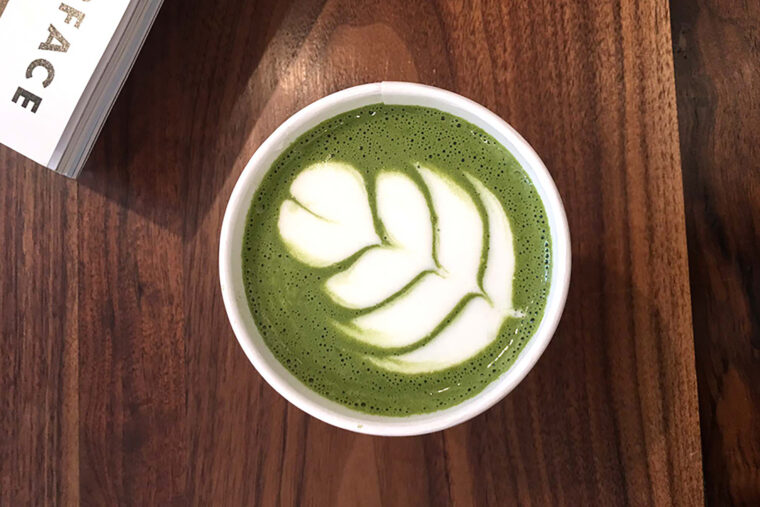
Where to get the best matcha?
After reading this article you might want to get to your kitchen and start mixing! For some of the best sellers and delicious options, visit this site and find yourself premium matcha. They have a ton of different products, along with recipes and accessories which can make your process run smoothly. Ready to give it a go and stop drinking coffee?
